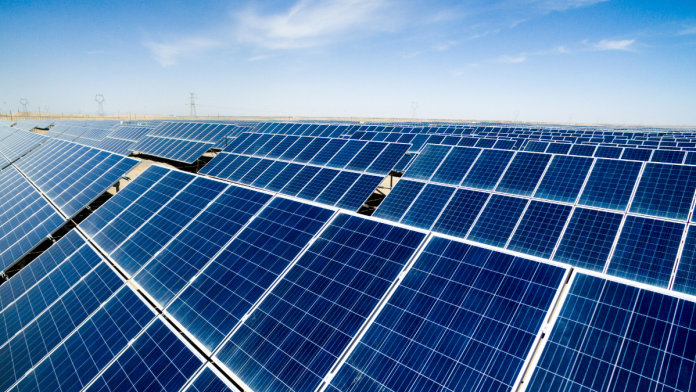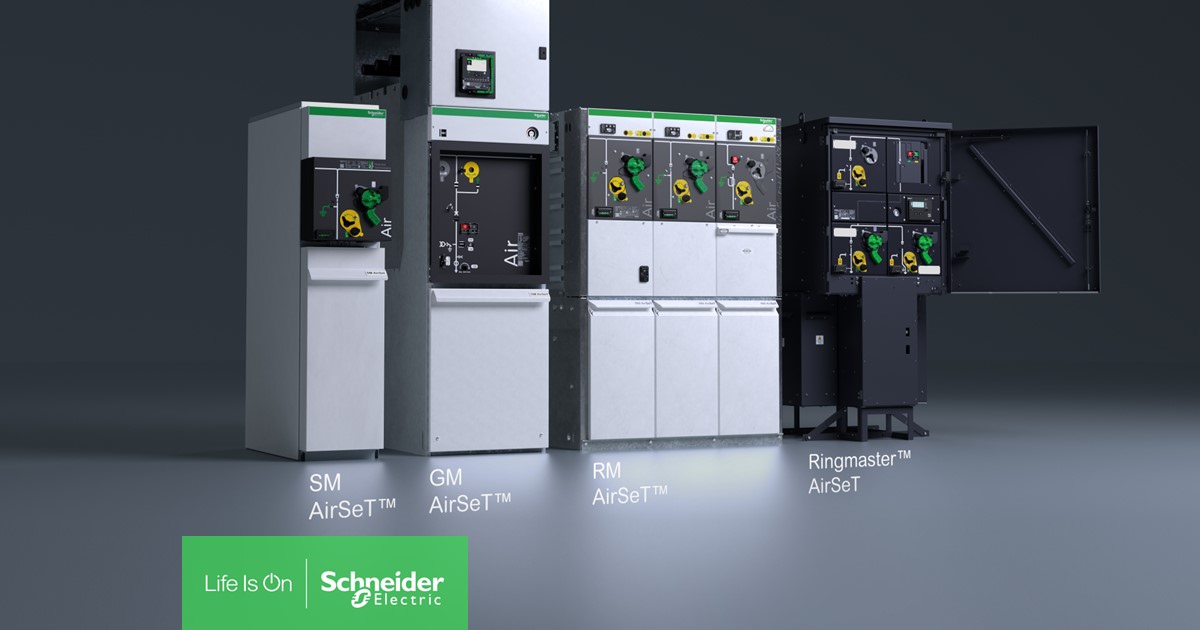By Thuita Gatero, Managing Editor, Africa Digest News. He specializes in conversations around Finance, energy and renewable energy.
The African Development Bank (AfDB) has approved a financing package of US $14.54 million to support the development of the Garneton North Solar Project, a 20-megawatt (MW) solar plant in Zambia’s Copperbelt Province.
This initiative marks a significant step in Zambia’s push to expand renewable energy capacity and address its persistent electricity shortfall. Zambia is currently experiencing a power deficit estimated at around 1,500 MW, largely driven by climate-related reductions in hydroelectric output.
Once operational, the Garneton North project will deliver clean and reliable electricity to approximately 82,000 people while reducing carbon dioxide emissions by nearly 58,740 tons annually. These outcomes are important for two key reasons:
-
Energy access and reliability: With a serious electricity supply gap, adding solar capacity improves reliability and helps households, businesses and industry avoid the disruptions of power cuts.
-
Climate and sustainability: Reducing emissions helps Zambia meet its climate commitments and demonstrates the value of moving away from over-reliance on hydroelectric power — which, as we’ve seen, is vulnerable to drought.
The financing package is structured as follows: US $7.27 million comes directly from the African Development Bank’s own resources, with a matching amount provided as concessional financing from another Development Finance Institution (DFI).
What is concessional financing? Concessional finance refers to funds provided on terms more favourable than those available commercially, for example, loans at lower interest rates, longer repayment periods, or with other flexibility to support projects with high development impact but that may not attract purely commercial investment.
This combined financing effort underscores the Bank’s strong commitment to helping bridge Zambia’s energy gap.
Read Also: Genetec delivers faster, smarter investigations in Security Center SaaS
Zambia is also among the first countries to launch national “energy compacts” under the AfDB’s Mission 300 framework, which began in January 2025. These compacts aim to accelerate scaling of generation by 300 MW or more of renewable capacity across participating countries.
The Garneton North Solar Project has a total investment value of US $24.5 million, and covers the design, construction, operation and maintenance of the 20 MW solar plant. The site will connect to Zambia’s national grid via a new 10-kilometre, 33 kV transmission line.
All electricity generated by the plant will be sold to the Zambia Electricity Supply Corporation Limited (ZESCO) under a 25-year take-or-pay Power Purchase Agreement (PPA).
What does “take-or-pay” mean for new readers? A take-or-pay clause in a PPA means that the buyer (here ZESCO) agrees either to “take” (i.e., purchase) a specified amount of electricity or, if they don’t take that amount, they must still pay for it. In effect, it gives the power producer certainty about revenue (even if the offtaker uses less than contracted), which helps make the project financeable.
According to the AfDB’s Director of Energy Financial Solutions, Policy and Regulation, Mr Wale Shonibare, the project marks an important milestone in Zambia’s energy sector reform.
The project is part of Zambia’s GET FiT Zambia programme (Global Energy Transfer Feed-in Tariff). This initiative is designed to unlock private investment in small‐ and medium‐scale renewable energy independent power projects (IPPs).



